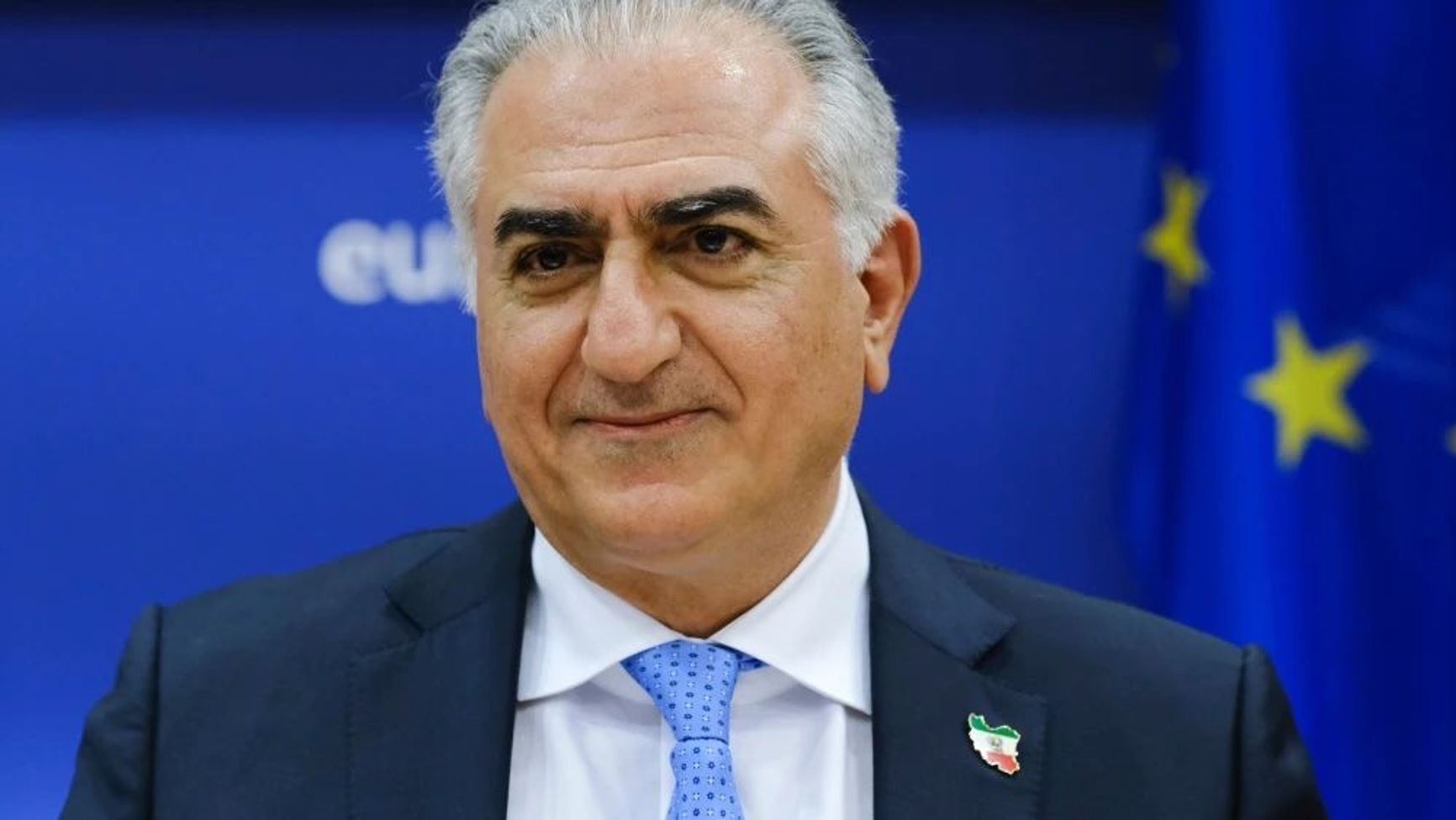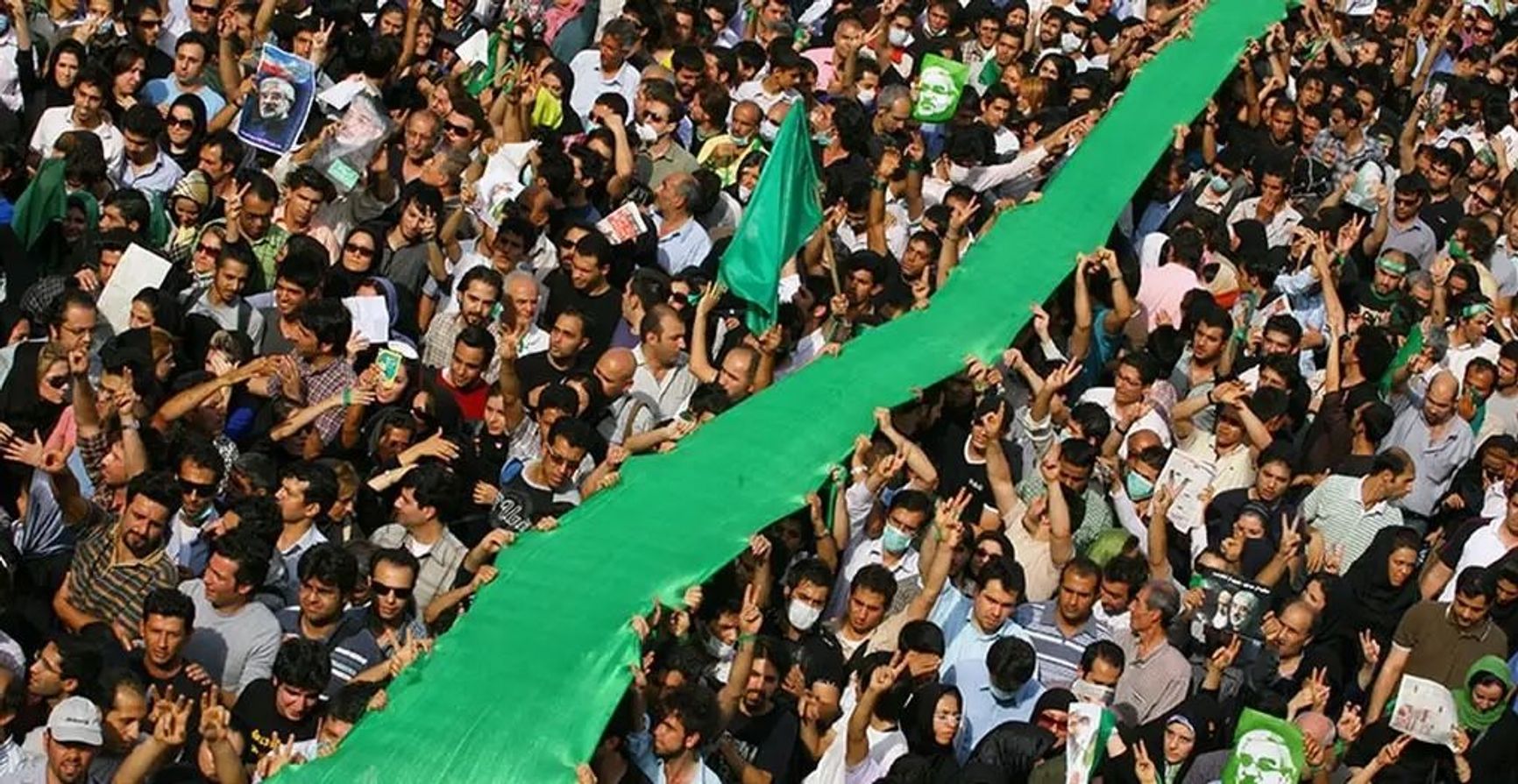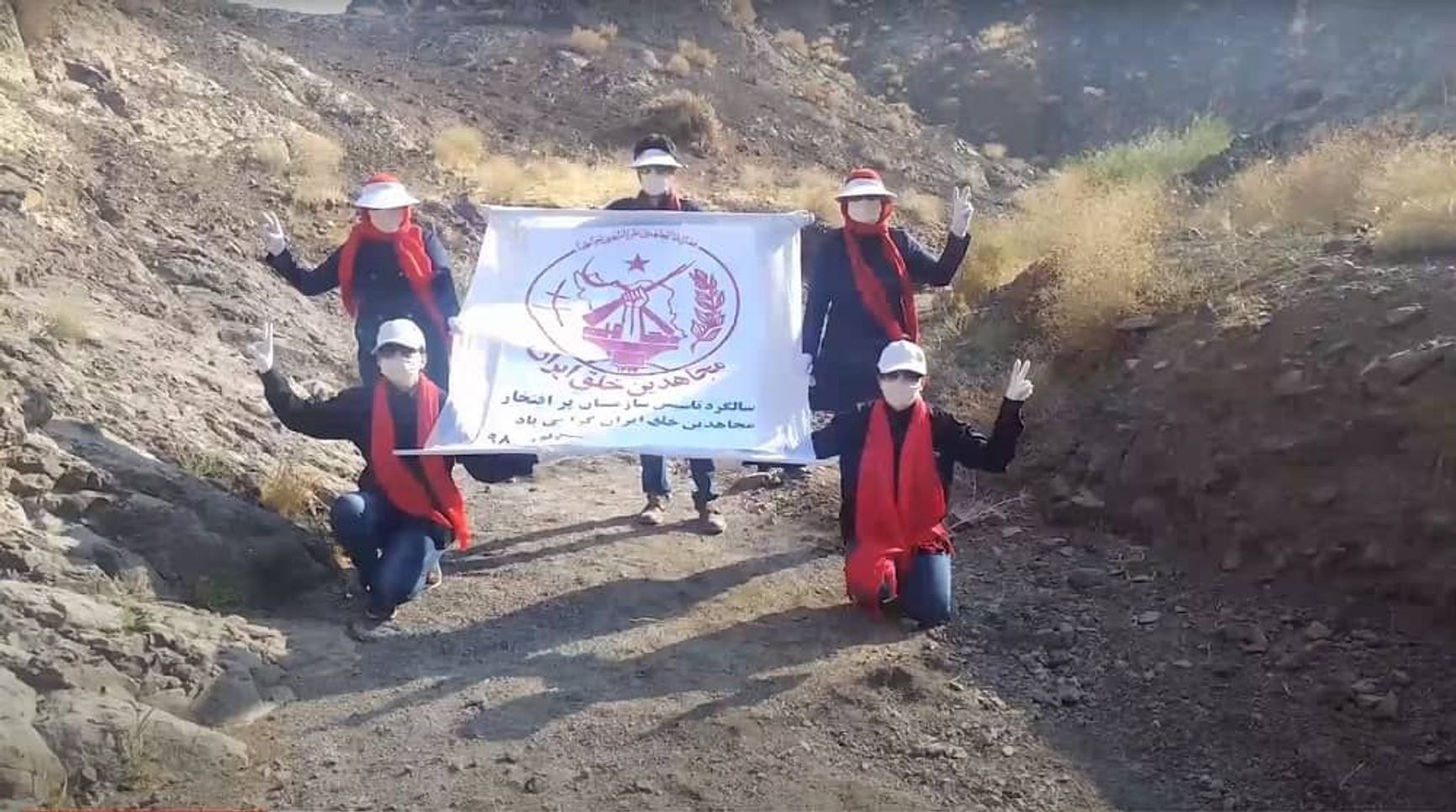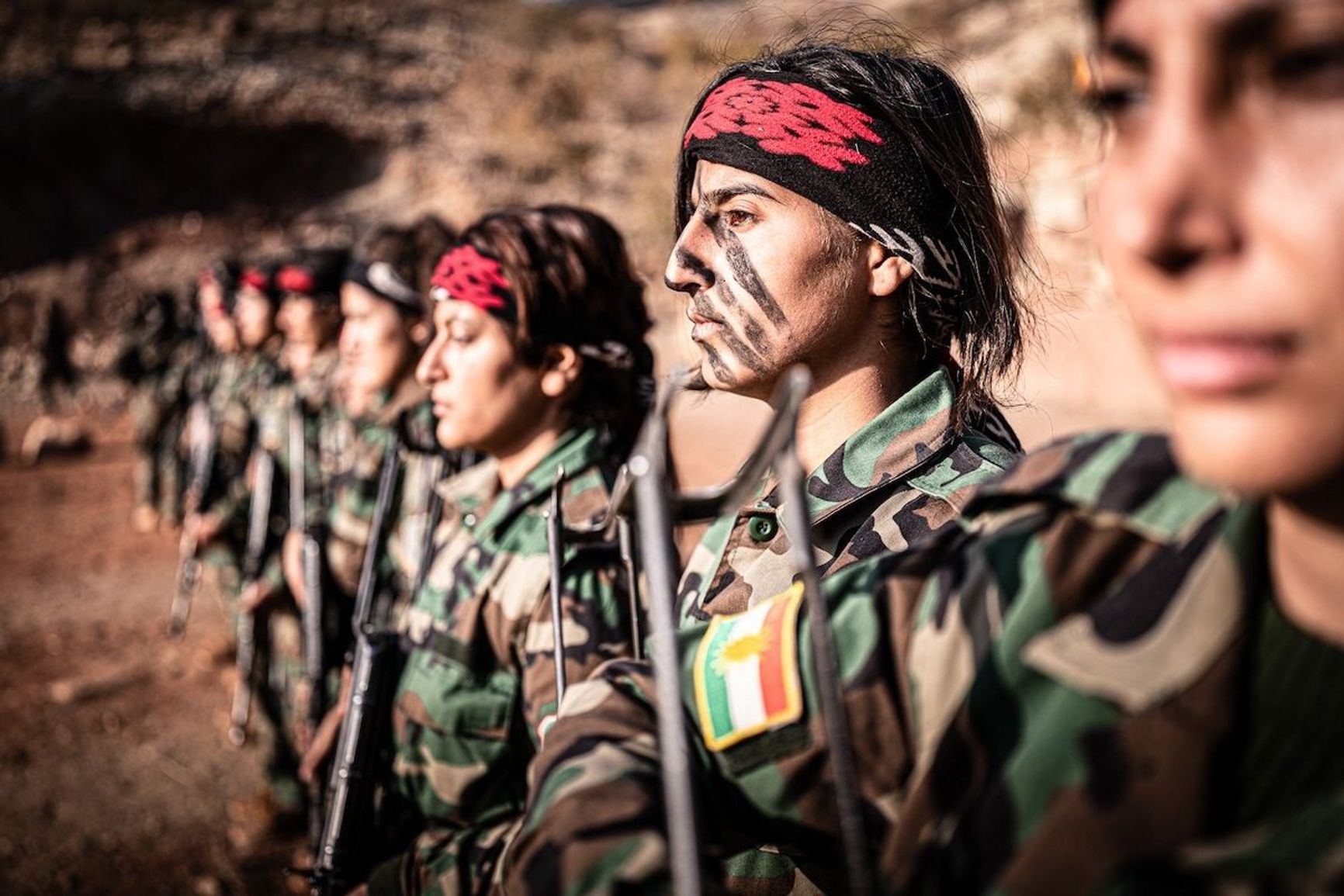

On the night of June 24, U.S. President Donald Trump announced a ceasefire between Iran and Israel, which claimed it had achieved its military objectives by destroying key Iranian nuclear and missile infrastructure. Despite the pause in open hostilities, regime change in Iran is likely to remain on the international agenda. Any such transformation is nearly impossible without the involvement of the domestic opposition, and as Antonio Giustozzi, a senior research fellow at the Royal United Services Institute (RUSI) argues, it is too ideologically divided — from monarchists to radical leftists — to unite around a common cause. He concludes that, most likely, the fall of the ayatollahs would not lead to a new democratic awakening, but to a full-scale collapse of the Iranian state.
It remains to be seen whether the ceasefire between Iran and Israel will hold. In any case, we have not seen the end of Israel’s covert operations in Iran. Questions about regime change, much talked about over the last two weeks, will likely remain on the agenda. The Islamic Republic has certainly been shaken, and so it is worth asking: what are the opposition forces present in the country, how well organised are they, and can they unite for long enough to have a decisive impact on developing events?
The Shah’s heir and a U.S. favorite
Much of the media’s focus has centered on the supporters of Reza Pahlavi, the heir to the throne of the monarchy that was abolished by the 1979 revolution. The Pahlavi clan is openly supported by Israeli prime minister Netanyahu, and in return, they supported Israel’s attack. They are also close to the Americans, not least because Reza is based there and has been actively lobbying American policymakers and congressmen. Much of the Iranian diaspora is made up of people who are associated with the monarchy in one way or another, so it is no surprise that Pahlavi enjoys high support among them.

Reza Pahlavi
What matters, however, is how much support Pahlavi enjoys inside Iran, a question that is much harder to answer. During the demonstrations of 2022-2023, Pahlavi supporters were clearly active and visible, but even their foreign sympathisers admit that they are poorly organised, with Reza himself having a poor track record as a manager and leader. They are also divided internally — between those nostalgic for the old, authoritarian monarchy and those supporting the new course inaugurated by Reza in 2011, which leaves the issue of monarchical restoration undetermined and promises a liberal, democratic, and inclusive government.
While Reza’s new course has made the Pahlavis and their supporters more acceptable as partners to other opposition groups, there are still many anti-ayatollah forces who do not trust them — or who actively dislike them. To the extent that others in the opposition are ready to accept working with them, is it likely to be largely due to the perception that that may be the only route to gaining the kind of external support that may be required to ultimately have any chance of overthrowing the regime.
The old opposition
There are several other older opposition groups that operate in much the same way as the Pahlavi supporters — that is, just beneath the surface, lacking any real underground structure (or at least, that’s the way they operate according to sources in the IRGC). Among them are various groups inspired by the figure of Mohammad Mossadeq, the prime minister who was overthrown in 1953 via an allegedly UK- and US-sponsored coup, which eventually led to the restoration of the absolute monarchy.
The most important of these movements are the Jabhe Milli (National Front) and the Nezhat Azadi Iran (Freedom Movement of Iran), though it does not appear that either are influential outside of some select intellectual circles. The same applies to the various groups that split off from the Islamic Republic, such as the Sazman Mujahidin Enqelab Islami Iran (Organization of the Mujahedin of the Islamic Revolution of Iran), a leftist-Islamist group that was outlawed in 2009. More influential appears to be the reformist Green Movement, which was the protagonist of the 2009 protests. The security apparatus of the Islamic Republic monitors these groups, but up to now it has not made any noticeable effort to eradicate them.

“Green Movement” protests
Then there are the remnants of the old left, which did not take up arms against the Khomeinists in the early 1980s but were outlawed nonetheless. Of these groups, the Tudeh (Communist Party) might have the largest underground networks, with perhaps 2,000 members, according to an IRGC source. The main faction of the Feda’yan Khalq, which aligned with the Tudeh while other factions waged an armed revolt, also maintains a modest underground presence. As with the other groups mentioned above, the security apparatus monitors these, but the authorities do not seem too worried about the threat they might represent. The leftists are certainly not likely to join hands with the supporters of the Pahlavis, whom they bitterly opposed up to and during the 1978-9 revolution.
One component of the ‘old opposition’ that has long been ready to join hands with the Americans — and which might accept an opportunity to discreetly cooperate with the Israelis, though not with the Pahlavis — is the Mojahedin-e-Khalq (MEK, lit. “People’s Mujahidin”), which was the most active violent opposition group against the Islamic Republic in the early 1980s before being crushed and forced to flee to Iraq, where it allied with Saddam Hussein until the end of the Iran-Iraq war.

Mojahedin-e-Khalq activists
The MEK have not had any armed presence inside Iran for over 30 years (except perhaps for a short-lived effort in 2022), but the IRGC estimated in 2019 that they maintain an underground network inside Iran of about 3,000 members. Thousands more are in exile abroad.
The first Trump administration (and in particular John Bolton, when he was National Security Advisor) were courting the MEK before the supporters of the Pahlavis became Washington’s favourites. The MEK are in any case very unpopular in Iran due to the fact that they aligned with Saddam Hussein during the war with Iraq.
Ethnic movements
All these groups compete for the support of the 60% or so of Iranians who are Persian speakers. There appears to be no significant organised opposition group active among the country’s main minority, the Azeris (16%).
Turkiye’s Grey Wolves have long tried to infiltrate the region and might have gained some support among those harboring anti-Kurdish sentiments (Kurds and Azeris co-exist in Iran’s West Azerbaijan Province). There is also a long tradition of opposition to the central powers in Tehran coming from among smaller minorities, such as the Kurds and Baluchis.
There is a long tradition of opposition to the central powers in Tehran coming from among smaller minorities, such as the Kurds and Baluchis.
The Kurds have a significant underground presence among the Sunni Kurdish population and also boast a number of armed groups based in Iraq. Among those believed to be most popular inside Iranian Kurdistan is the Hizb Demokratik Kurdistan Iran (Democratic Party of Iranian Kurdistan), even if it is well past its peak period of influence.
It mostly operated in the tribal parts of Iranian Kurdistan but also in the city of Mahabad. The IRGC reckoned in 2019 that the party maintains a strong presence, especially in the Shno area (where Iran’s borders with Turkiye and Iraq meet), with up to 900 activists. Up to 2,000 of its most active members have taken refuge in Iraq, according to Kurdish opposition sources.
Similarly, the leftist KOMALA is based in Iraq and maintains underground activities in Iran. According to the IRGC, the latter group controls around 450 armed militants along the border. Notably, KOMALA played a significant role in the 2005 urban uprising in Mahabad.
Among the Kurds, the two groups that have the best prepared fighters are the PAK (Parti Azadi Kurdistan) and the PJAK (Partiya Jiyana Azade Kurdistane, or Kurdistan Free Life Party). The PAK, which was formed by radical leftists in 1991, participated in the campaign against the Islamic State in Iraq. The IRGC estimates the group’s strength at 400 fighters, who are based in Iraq. Inside Iran it has engaged in some underground activities in the areas of Kermanshah and Illam, but it has not been active there militarily.

Women in the ranks of the PAK
Conversely, the PJAK is the only Kurdish group to have carried out significant armed activities inside Iran over the last 20 years, but it is mostly known to be linked to the Turkish PKK. The IRGC in 2019 rated the PJAK as the best-resourced and most active armed opposition group, with 2,400 members. The problem is that while the other opposition groups tend to cooperate with each other, they all have poor relations with the PJAK, which they accuse of having ambitions that go well beyond Iranian Kurdistan.
Israeli sources say that some Kurdish groups have approached Jerusalem for support, and the PAK has let it be known that it is available to participate in an uprising. However, it is not clear whether Israeli direct engagement is feasible, nor whether the Americans would want to get drawn into an overt regime change operation. Moreover, the PAK has no sympathy for Reza Pahlavi. Other Kurdish groups have distanced themselves from the Israelis. All Kurdish groups have stated their support for demonstrations and popular revolts against the regime.
There are also several Baluchi groups active against the Islamic Republic, but most of them seem to be more concerned with smuggling than with fighting. zThe one that appears to have significant military capabilities is the Islamist Jaysh al-Adl, whose members do not hide their connection to Israel. In 2019 the IRGC believed that the group had 900 fighters, but IRGC sources later acknowledged that this might be an underestimate. Moreover, the group appears to have been arming in recent months. There is no doubt that Jaysh al-Adl would be game for an offensive against the regime, but it is far from clear that it would be interested in cooperating with other opposition groups in undertaking such an effort.
Most Baluchi groups active against the Islamic Republic seem to be more concerned with smuggling than with fighting.
Another opposition group active in Iran is the Islamic State. Israel has recently admitted to supporting the terrorist group’s branch in Gaza, so perhaps supporting the Iranian one is not out of the question. The Islamic State, which in the past was able to carry out some terrorist attacks inside Iran, would however be of little use in any effort to foster regime change in Tehran, and few if any opposition groups would want to be caught cooperating with them.
Collapse instead of revolution
Before launching its strikes on the night of June 21-22, the U.S. government reportedly assured Iran that Washington’s aim was not regime change. However, the Netanyahu government’s main aim is clearly the downfall of the ayatollahs. On 18 June, Iranian state TV was jammed and an invitation to rise up against the regime was broadcast in place of regular programming. However, it will take more than that to fragment the pro-regime forces inside the country. While the physical and political damage Israel and the U.S. inflicted on Tehran was humiliating for the regime, the consequences may well take months to materialize. For now, there is no sign of the security forces losing their cohesiveness — contrary to the case in 2022-2023, when there were signs that certain elements were wavering. Back then, the army was suffering from large-scale desertions, and even the Basij — the paramilitary force controlled by the IRGC — demonstrated serious discipline issues.
By threatening in recent days to bombard Teheran even more extensively, the Israelis probably intended to create discontent in the medium term, as many families that fled to the countryside will not be able to stay away from their homes indefinitely. This could potentially lead to disturbances in the future. At the moment, demonstrating in the streets is a very risky proposition, as the security forces would have a very easy excuse to resort to extreme violence. Characteristically, various pro-Pahlavi groups have tried to mobilise people, but without success. In Teheran, the most they have managed to do is to shout from the windows of their flats, inviting others to pour into the streets.
Some within the opposition doubted the Israeli agenda all along. After all, Israeli media outlets like the Jerusalem Post openly tout the fragmentation of Iran into a Libya-like state. Some note that looking at the Israelis’ treatment of Gaza’s residents makes it hard to believe that they might have good intentions concerning Iran.
Looking at the Israelis’ treatment of Gaza’s residents makes it hard to believe that they might have good intentions concerning Iran.
One could add that for all their stated good intentions, it is hard to fathom how the disparate opposition groups — ranging from old style Persian nationalists to ethnic separatists, from the far right to the far left, and from radical Islamists to militant secularists — could work together even if the regime were to come tumbling down.
If the ceasefire were to hold, criticism of the regime’s security policies of the last quarter century might come to the surface and, more importantly, a showdown between opposed factions within the regime might kick off. Still, while the opposition groups could create considerable disruption — and even contribute to bringing down the regime in the event that the Islamic Republic lost its cohesiveness — the eventual outcome is more likely to be a state collapse than a clean transition.